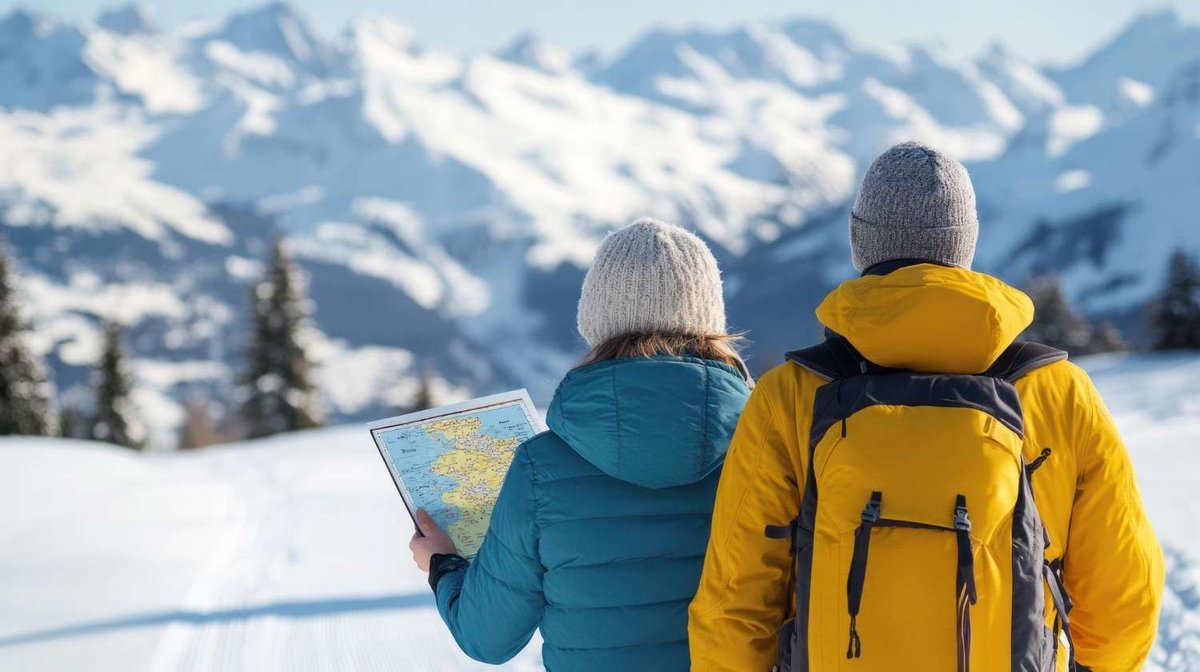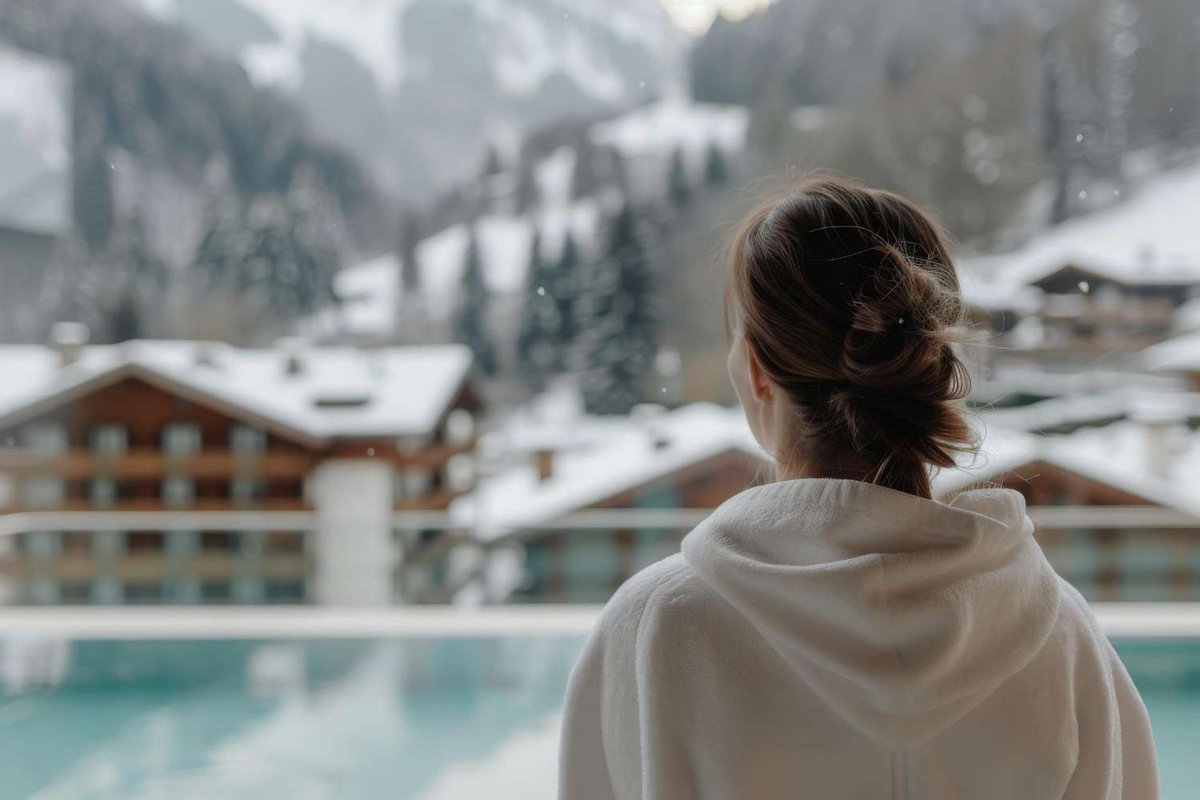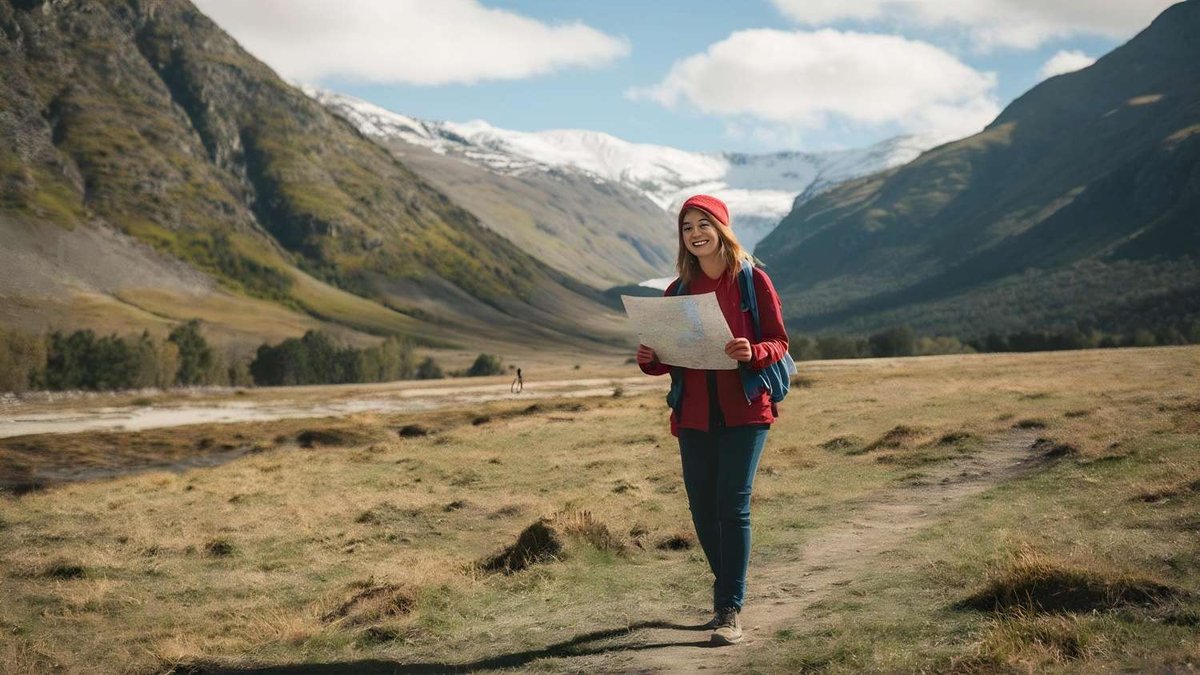🧭10 steps to plan your trip to Norway from A to Z: routes, tickets, hotels
Organising a trip to Norway on your own seems like a daunting task: the vast country, high prices and complicated logistics scare even experienced travellers. But all you need to know is a few simple steps, and you'll be able to put together a comfortable and affordable itinerary while avoiding typical tourist mistakes. In this article, we have compiled 10 detailed FAQ answers (110–130 words each) to help you plan your dream trip quickly and efficiently. Each step includes useful links to blog sections: ‘Planning & Budget’, ‘Transport, Roads, Car Rental’, ‘Accommodation and lodging’, ‘Prices and costs’ and others.

❓10 FAQs about planning your own trip
1. Where to start planning your own trip to Norway?
Start by deciding on the format of your trip: active recreation (hiking, trekking, fishing), cultural and city tour (museums, festivals) or a combination (fjords, mountains, cities). Then choose the duration of your trip: 7–10 days is standard. Determine your budget based on approximate daily expenses (150–250 euros per person for average comfort). After that, select the season — it greatly affects the budget, weather and availability of routes. Now you can start planning your itinerary. You will find useful calculators and tips for the first steps in the section ‘Planning & Budget → Expense Calculators’.
2. How to plan a convenient and logical route?
The best approach is a circular route with minimal repetition of sections. For example, the route ‘Oslo – Flåm – Bergen – Ålesund – Trondheim – Oslo’ includes a train, bus, ferry and domestic flight.
If you are short on time, focus on the Oslo-Bergen-Stavanger triangle. Consider the duration of your transfers (ideally 3-5 hours per day) and set aside time for excursions and activities. Use Entur and Rome2Rio to calculate distances and travel times. Ready-made itineraries and logistics tips are described in the section ‘Transport, roads, car rental’.
3. When is the best time to book flights to Norway to save money?
The ideal time to book flights to Norway is 3–6 months before your trip. The cheapest flights are usually in May, October and November. For summer (June–August), it is better to book tickets 6–8 months in advance, otherwise prices rise by 50–70%. Use aggregators such as Skyscanner and Momondo, and subscribe to airline promotions. Consider flights to Oslo Gardermoen or Bergen Flesland airports as the best starting points for your trip. For more information on choosing and monitoring tickets, see the ‘Budget life hacks’ section.
4. How to choose the best transport for travelling in Norway?
In Norway, it is most convenient to combine different types of transport. Trains are suitable for long distances (Oslo–Bergen, Oslo–Trondheim), while buses are ideal for the fjords (e.g. Vy, Nor-Way Bussekspress). Ferries are an integral part of coastal travel (especially the Geirangerfjord and Lofoten). It is better to take a car for short distances so that you can freely visit natural attractions. Domestic flights are convenient for returning from Trondheim or Tromsø to Oslo. Schedules, fares and tips for buying tickets for all types of transport can be found in the ‘Transport, roads, car rental’ section.
5. How and where is it best to book accommodation?
Accommodation in Norway is more expensive than in other European countries, so book in advance. Book campsites, rorbu cabins and budget hotels 4–6 months before your trip. Airbnb and Finn.no are good options for long stays or family trips.
Book DNT mountain huts in advance through their website to avoid disappointment. Booking.com often offers the best prices for city hotels. For a complete overview of accommodation options and prices by region, see the Accommodation section.

6. How to calculate your budget for a trip to Norway?
The main expenses in Norway are transport (25–30%), accommodation (35%), food (20%), entertainment and excursions (15%). Allow for a minimum daily amount of €150–170 per person for average comfort. For an accurate calculation, use the transport, food and accommodation cost calculators in our section ‘Planning & Budget → Cost Calculators’. Consider the possibility of saving on food (Kiwi and Rema 1000 supermarkets), book tickets in advance and choose economical accommodation options.
7. What documents do I need to travel independently in Norway?
You will need a passport valid for at least three months after your trip, a Schengen visa (if you are not from the EU), medical insurance with coverage of €30,000, and accommodation or return tickets.
You may also be asked to prove your financial solvency (bank statement or cash). Apply for a visa in advance, 1–3 months before your trip. For more details, see the ‘Useful tips for travellers’ section.
8. How to prepare for the weather in Norway?
The climate in Norway varies greatly from region to region. Always bring a raincoat, waterproof shoes and layered clothing. In summer, it is warm in the south (+15–22°C) and cooler in the north (+10–15°C). In winter, temperatures in the north can drop to -10°C and below, so thermal underwear and warm clothing are essential. Use Yr.no for weather forecasts and to prepare your equipment. Tables of seasonal clothing and weather in each region can be found in the ‘Weather and seasons’ section.
9. What apps will help you when travelling independently in Norway?
The main apps for Norway:
- Yr.no — accurate weather forecast.
- Entur — train, bus and ferry route planning.
- Maps.me — offline maps for hiking and cities.
- Vy — train and bus ticket purchases.
- Vipps — payments (if you have a Norwegian phone number).
For more information about useful apps, see the ‘Communication and Internet’ section.
10. What should I do if something goes wrong during my trip?
Stay calm: Norway has excellent tourist infrastructure. If you have any problems with transport, call the company's support service. In case of medical emergency, call 113. Always have a backup budget and insurance, keep copies of your documents and the contact details of your embassy. For more information about insurance, medical assistance and emergencies, see the section ‘Medicine & Insurance’.

If you want to go to Norway on your own, you need to plan carefully. But if you do, you can do whatever you want and it will be much cheaper. We have lots of useful tips and links to help you with your blog. They will make your holiday comfortable, safe and fun. Travel freely, and Norway will reveal all its secrets to you.





1 comment
Log in to leave a comment